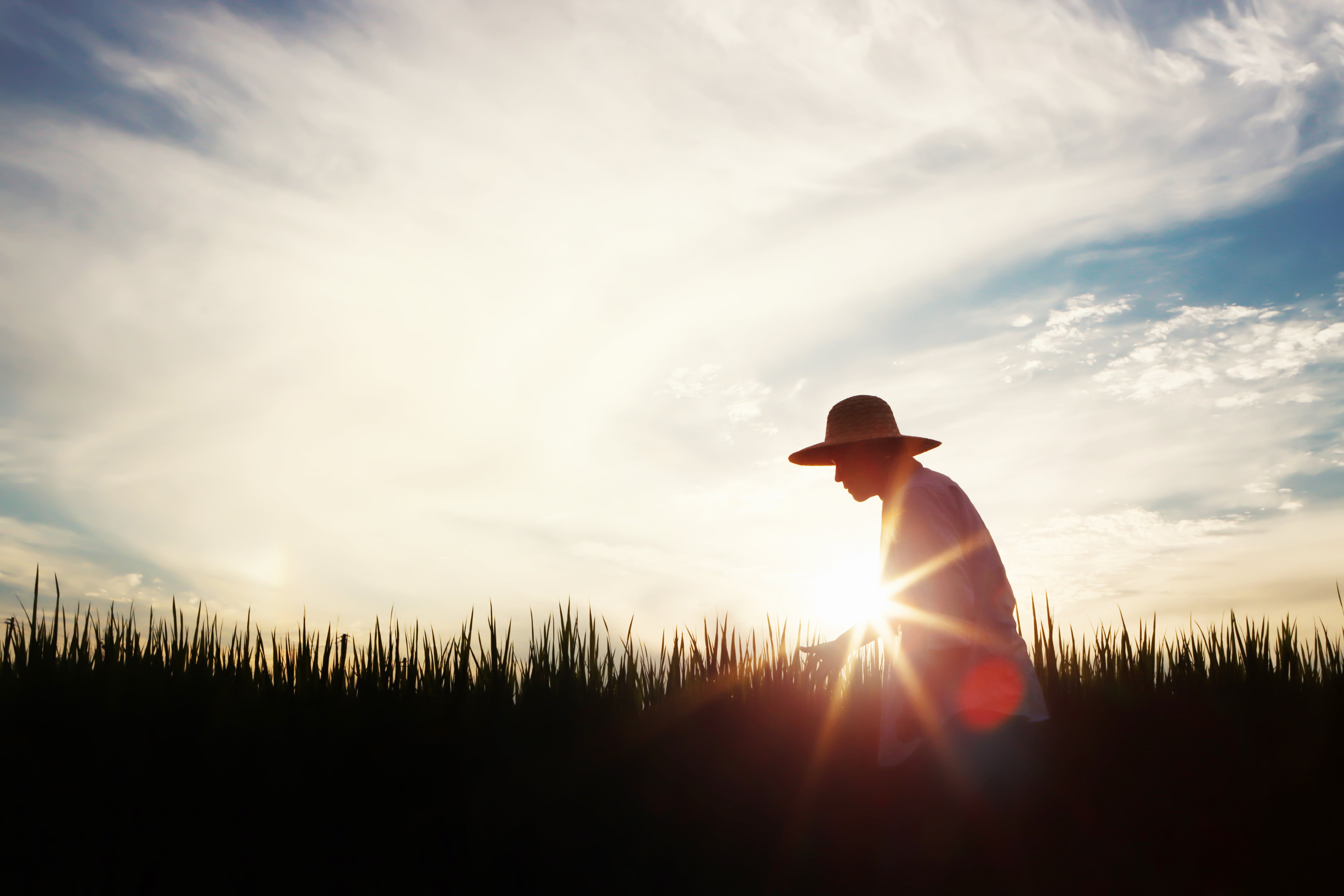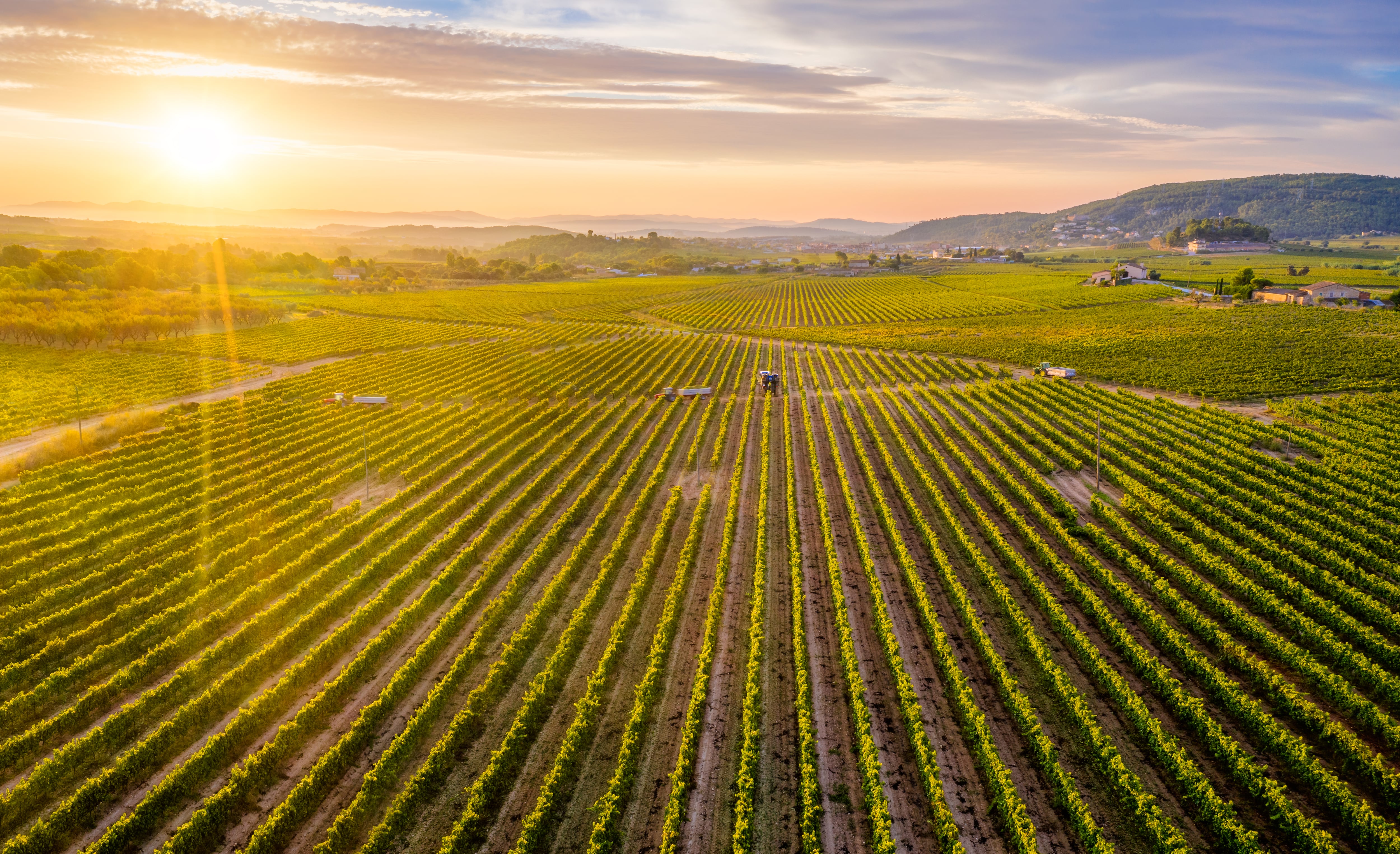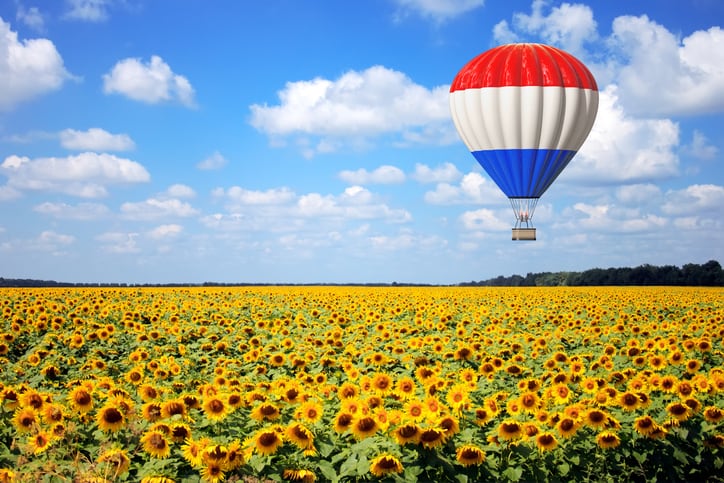The so-called ‘Miracle on the Han River’ tells the rags-to-riches story of South Korea’s transformation from one of Asia’s poorest countries at the end of the Korean War to a major world economy with just five decades.
It is a tale that saw the country develop a global reputation as a digital powerhouse, in large part thanks to technology giants like Samsung, LG, and SK Hynix, propelled on by strong government support for innovation, a highly educated workforce, and a focus on global exports.
Yet now, with the country facing the possibility of anaemic growth for the foreseeable future, South Korea is turning some of those talents towards another sector: agriculture.
Farming is often tough in South Korea. Most of the country is mountainous with suitable arable land accounting for just 14% of the country’s land, according to the World Bank. This makes it one of the countries with the least arable land per capita in the world.
On top, South Korea’s rural population is ageing and dwindling, while climate breakdown continues to disrupt production and cause shortages. The threat of food insecurity looms large over a nation where self-sufficiency has fallen from 70% in the 1980s to less than 50% today.
That is why in 2014, South Korea launched a groundbreaking initiative to champion ‘smart farming’ to try and transform the country’s traditional farming into a high-tech industry.
South Korea has since gone further by designating agriculture a “future growth industry” and initiating plans to expand smart farms to 30% of domestic output by 2027. They are currently less than 2%. To achieve this, it has backed the sector with much the same type of support that went into the likes of Samsung and LG in the last century.
The first, and perhaps most important of those, is heavy government support for innovation. In 2018, South Korea announced the opening of four Smart Farm Innovation Valleys to serve as hubs “where smart farming education is provided, reliability of technologies is tested and verified, and data collection is performed.” A total of 15 are now in the pipeline to be completed by 2027.
The clusters offer mentoring and training to young farmers, as well as acting as incubators for agri-tech start-ups in need of greenhouses and test centres to develop their smart farming equipment.
Of the four clusters so far, each has a different speciality. At Goheung, for example, farmers research climate adaptation and cultivation for tropical crops like oranges and melons, while in Sanju the focus is on strawberries and tomatoes.
The government pumped in extra money last year with the launch of a $150m Agri-Food Venture Fund aiming to catalyse investments in burgeoning start-ups focused particularly on smart farm technology and initiatives that bolster farm income.
It remains a burgeoning sector with any hopes of replicating the country’s digital giants still a distant dream. But there are promising signs. In 2022, the agriculture and food trading platform Tridge became South Korea’s first agriculture unicorn just seven years after launching, while Green Labs, a provider of precise farming equipment using AI, is not far behind after it raised $140m the same year at a valuation of around $700m.
As is often the case, however, whether they are truly serving the needs of Korean farmers is another matter. “The number of smart farms and best practices seems like a blessing on the path forward,” says Taemin Woo from the Korea Advanced Institute of Science and Technology.
However, a recent study of farmers attitudes found overwhelming opposition to the policy. “The critical point was that its goals and strategies failed to align with the real issues of farmers and rural areas,” Woo says.
A highly educated workforce
If smart farming is to succeed in South Korea, it will need more than just new technologies. Young blood is also required. More than half the nation’s farm population is over 65 forcing the government to try and actively boost the numbers by luring young farmers to rural areas.
This next generation should also be more tech savvy, according to South Korea’s agriculture minister Park Su-jin, who said recently young people’s knowledge of advanced technologies will help to transform the traditional industry into a high-tech one. As a result, she is targeting 30,000 new young farmers by 2027 in the hope they will make up 10% of all farmers by 2040.
Fortunately, a trend called kwichon – or returning to rural life – is sweeping the country. In 2021 nearly 380,000 people moved to the countryside, up 15% from 2015. Almost half of them were under 40.
In 2022, the government also announced a series of incentives to urge this on further, most notably by offering rental farmland, low-interest loans, and a monthly stipend of up to 1.1m won (£500) for the first three years.
“Being a farmer in the past meant having a low social status. Nowadays, agriculture is seen as a start-up that requires significant preparation and financial resources,” said Ahn Hae-Sung, a new farmer, to the Strait Times last year.
“Young people don’t just want to learn how to grow crops in the soil. They want to learn about entrepreneurship and technologies used in agriculture.
“They want to start a business that uses agricultural technology to generate income.”
Exports
The final piece of the puzzle – the same piece that contributed to Samsung and LG’s immense success – is the government’s support for global exports. Last year saw the Korean government establish five trade offices in three regions focused solely on the promotion of the country’s smart farm sector.
The offices – in Australia, Saudia Arabia, Kuwait, Kazakhstan, and Azerbaijan – came after smart farm exports doubled in 2023 to $296m.
Nongshim, a South Korean food and beverage giant, is leading the way having recently signed deals to export smart farms to Saudi Arabia and the United Arab Emirates. While primarily an instant noodles and snack company, Nongshim has been developing smart farm technology since 2018 and plans to build a smart farm in Riyadh that combines vertical farms and glass greenhouses by the end of the year.
The company was selected as a participant of the Smart Farm Export Promotion Project, set up by the Korean government to help promote the domestic smart farm industry in the Middle East.
Whether such programmes are the fuel needed to find the next Samsung of the agritech world remains to be seen. What is certain however is that South Korea has a strong playbook to work from when it comes to turning tech industries into global powerhouses.




